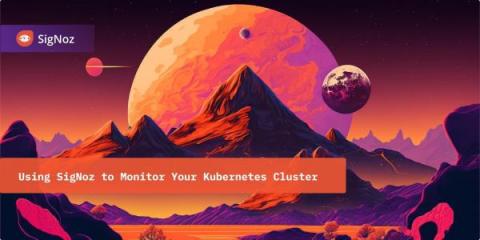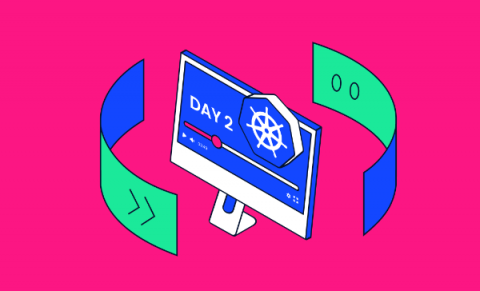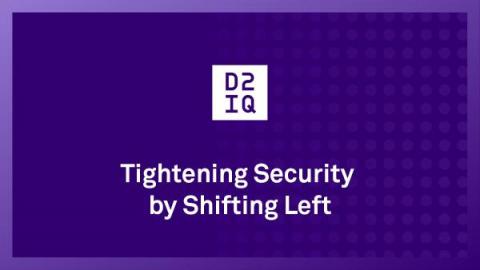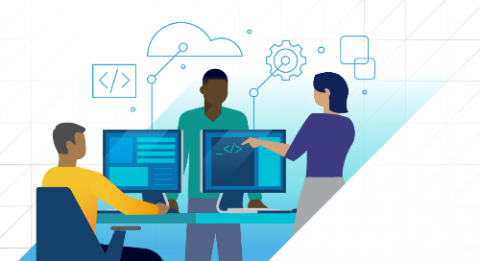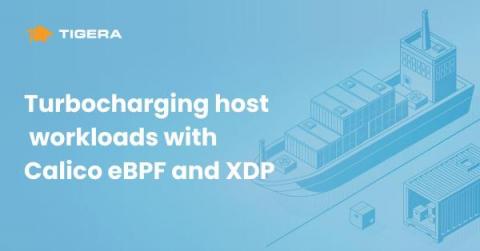Operations | Monitoring | ITSM | DevOps | Cloud
Latest News
DevOps and Kubernetes: We've Been Doing It Wrong
Platform engineering as a replacement for DevOps has become a hot topic, with provocative critics stoking the controversy by pronouncing DevOps dead. The underlying reason for these pronouncements is that the once-radical DevOps model is at odds with the new cloud-native container management model to which the now-obsolete DevOps model is being applied. Let’s take a closer look.
Top Container Monitoring Tools
Container monitoring refers to the process of monitoring and managing containers deployed within a containerization platform, such as Docker or Kubernetes. As containerization has become increasingly popular in software development and deployment, monitoring and managing containerized environments has become increasingly important.
Day 2 Challenges - Why Hiring a Platform Team is Not Enough
If you’ve been anywhere in the DevOpsphere in recent times, you have certainly encountered the Platform Engineering vs. DevOps vs. SRE debates that are all the rage. Is DevOps truly dead?! Is Platform Engineering all I need?! Have I been doing it wrong all along? These have become more popular than the mono vs. multi-repo flame wars from a few years back.
Tightening Security by Shifting Left
The growing need for a secure software development lifecycle has prompted a discussion around the concept of “shift left.” Security has been treated at the end of the development cycle for decades, and software development has been mostly linearly planned. As cloud-native applications evolve and users demand real-time and 24/7 software services, scheduling security and testing at the end of the development cycle can create significant development, operational, and cost implications.
How to use Kubernetes to deploy Postgres
Troubleshooting Bad Health Checks on Amazon ECS
Health checks are an important factor when working with containerized applications in the cloud and are the source of truth for many applications in terms of their running status. In the context of AWS Elastic Container Service (ECS), health checks are a periodic probe to assess the functioning of containers. In this blog, we will explore how Lumigo, a troubleshooting platform built for microservices, can help provide insights into container crashes and failed health checks.
The Fundamentals of Portfolio Modernization
Application modernization has been all the rage for years, but we’ve seen firsthand here at VMware Tanzu Labs that most organizations struggle to achieve the outcomes they initially hoped for. Modernization complexity goes far beyond technology, especially within larger organizations that contain dozens of business units, many stakeholders, and multiple—sometimes conflicting—priorities. Many of the organizations we work with have experienced these common roadblocks.
Turbocharging host workloads with Calico eBPF and XDP
In Linux, network-based applications rely on the kernel’s networking stack to establish communication with other systems. While this process is generally efficient and has been optimized over the years, in some cases it can create unnecessary overhead that can impact the overall performance of the system for network-intensive workloads such as web servers and databases.
Densify Talks, Automated Cloud Instance Selection with Josh Hilliker from Intel
On this episode of Densify Talks, Josh and Andrew discuss automated instance selection and the importance of letting machines make the resource decisions as cloud environments scale. Speaking from the perspective of a hardware manufacturer, Josh offers unique insight into some of the criteria that affect the performance and cost of hosting apps in the cloud, and how to leverage “optimization as code” to automate the optimization process.


